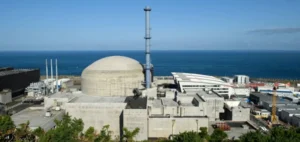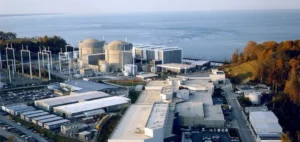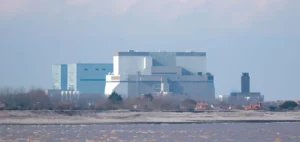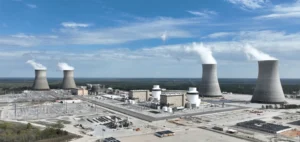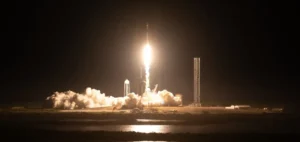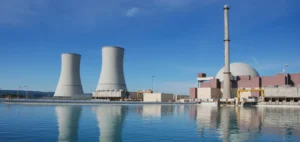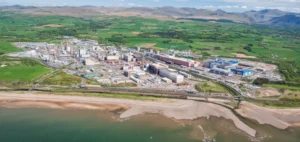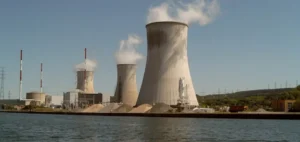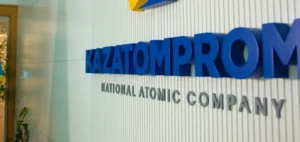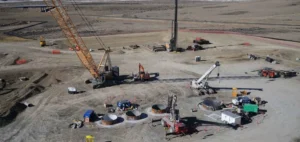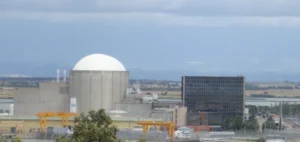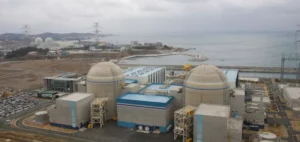Estonian company Fermi Energia has announced the selection of GE Hitachi Nuclear Energy’s (GEH) BWRX-300 small modular reactor (SMR) for potential deployment in the Baltic country in the early 2030s. The selection comes after a long research phase, which saw several SMR technologies proposed by the main players in the nuclear market.
Special features of the BWRX-300
The BWRX-300 is a water-cooled SMR with a maximum power rating of 300 MWe. It is equipped with intuitive and innovative systems allowing a passive safety on site. This device is mainly based on a design based on GEH’s ESBWR reactor, which is already in use in Finland and Sweden.
An interesting point about this technology is that it will take advantage of existing fuel supplied by Ontario Power Generation, which also produces and manages Darlington Nuclear Plant near Toronto. Finally, because of its relatively small size (compared to other nuclear power plants), it will offer greater safety, lower cost and shorter construction time.
Fermi Energia’s plan to develop the Estonian national nuclear power plant
With the political actions needed to move this project forward, Stefan Kallemets of Fermi Energia is confident about the technical capabilities of the BWRX – 300: “We have analyzed all the work ahead and consider it realistic to produce reliable, clean and affordable nuclear power in Estonia by Christmas 2031.” He emphasizes that this goal requires a sincere effort from the country and the company itself in order to make the project a reality.
Currently Fermi Energia is working on a feasibility study to provide the necessary evidence for the creation of its national nuclear power plant. Four different SMR designs are to be included in the feasibility study: Moltex Energy SSR – W300, Terrestrial Energy IMSR – 400, Hitachi BWRX – 300 and NuScale SMR.
A lasting relationship between GEH & Fermi Energy
The relationship between GEH & Femri Energy goes back to 2019 when an agreement was signed to collaborate on possible applications for the BWRX-300. These links have progressed throughout 2021 until finally concluding a contract allowing the 2 parties to work together on various areas: licensing, supply chain …
The main countries and players who choose the BWRX-300
Interest in very low energy nuclear reactor technology continues to grow in Europe and the United States. General Electric Hitachi Nuclear Energy (GEH) has confirmed that its Boiling Water Reactor Experience-300 (BWRX-300) is the first option chosen by Fermi Energia for potential deployment in Estonia. This represents the latest development involving the BWRX-300 technology, which is also being considered in the plans of Canadian and US federal authorities, as well as other European companies.
In this regard, GEH has entered into MOUs or other agreements with companies in Canada, the Czech Republic, Poland, the United Kingdom, the United States and Sweden, among others. The partnerships include Ontario Power Generation (OPG), Tennessee Valley Authority (TVA) and SaskPower. In addition, GEH has begun the design certification process for the BWRX-300 in the UK.
ORLEN Synthos Green Energy (OSGE), based in Poland, and its partners have submitted an application to the Polish National Atomic Industry Agency to evaluate the BWRX-300. Contracts are therefore in the pipeline for several BWRX – 300 power plant projects in several European countries in the coming years.





